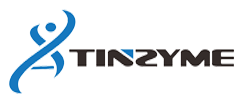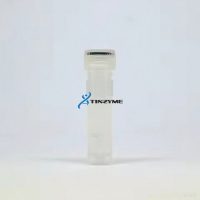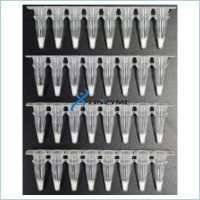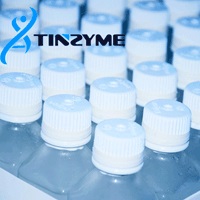
DNase I solution (Bovine Pancreas)
2024-11-13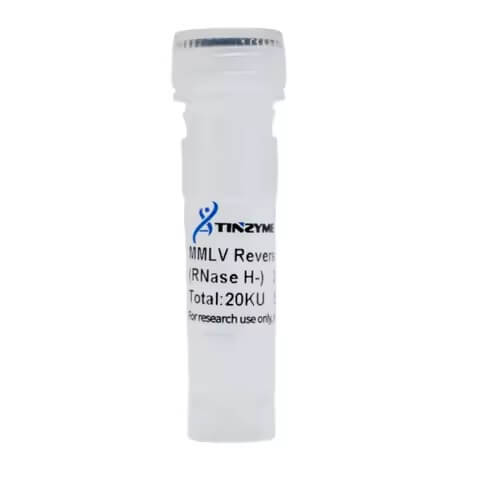
MMLV Reverse Transcriptase (RNase H-)
2024-11-13HiFi II MMLV Reverse Transcriptase A16
Product Number: IIA16
Storage condition
-20°C
Product component
| HiFi II MMLV (RNase H-) (200U/uL) | customized |
| 5×Super RT Buffer | customized |
Description
HiFi II MMLV (H-) is a reverse transcriptase that uses engineered Escherichia coli to recombine and express mutated MMLV gene. This enzyme can catalyze complementary DNA polymerization using RNA or DNA: RNA hybrid chain as template. The mutated HiFi II MMLV (H-) reverse transcriptase RNase H activity is missing, reducing RNA degradation in reverse transcription reactions and making it easier to obtain full-length cDNA. HiFi II MMLV (H-) reverse transcriptase can synthesize the first strand of cDNA at 55 °C, providing higher specificity and stability. It can synthesize up to 12 kb of cDNA with high cDNA yield. Suitable for the synthesis of first strand cDNA, RT PCR, RT qPCR, and the construction of full-length cDNA libraries. The enzyme has been optimized with a unique A16 modification. IIA16 is a customized MMLV Reverse Transcriptase.
Unit definition
Using Poly (A) as the template and oligo (dT) as the primer, the enzyme required to catalyze the incorporation of 1 nmol of dTTP within 10 minutes at 37 °C is defined as one active unit (U).
Quality control
200 U of this enzyme reacted with 1 µg of 16S, 23S rRNA at 37°C for 1 hour, and the electrophoretic bands of the RNA did not change
Note
- 1. During the operation process, RNase contamination should be avoided to prevent RNA degradation or cross contamination during experiments. It is recommended to perform RNA operations in a dedicated area, using specialized instruments and consumables. Operators should wear masks and disposable gloves, and frequently change gloves.
- 2. Disposable plastic containers should be used as much as possible for experiments. If glass containers are used, they should be treated with a 0.1% DEPC (diethyl pyrocarbonate) aqueous solution at 37℃ for 12 hours and sterilized under high pressure at 120℃ for 30 minutes before use. Alternatively, glass containers should be sterilized under dry heat at 180℃ for 60 minutes before use. The sterile water used in the experiment should be treated with 0.1% DEPC and subjected to high-pressure sterilization.
- 3. Before use, all reagents in this reagent kit should be gently mixed upside down to avoid foaming and used after brief centrifugation. The enzymes involved should be returned to -20℃ as soon as possible after use to avoid repeated freezing and thawing.
- 4. If the initial amount of RNA is less than 50 ng, it is recommended to add RNA enzyme inhibitors.
